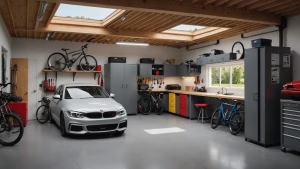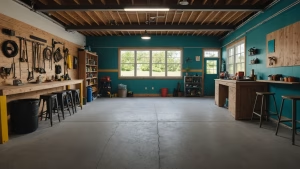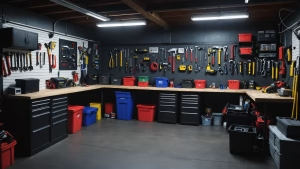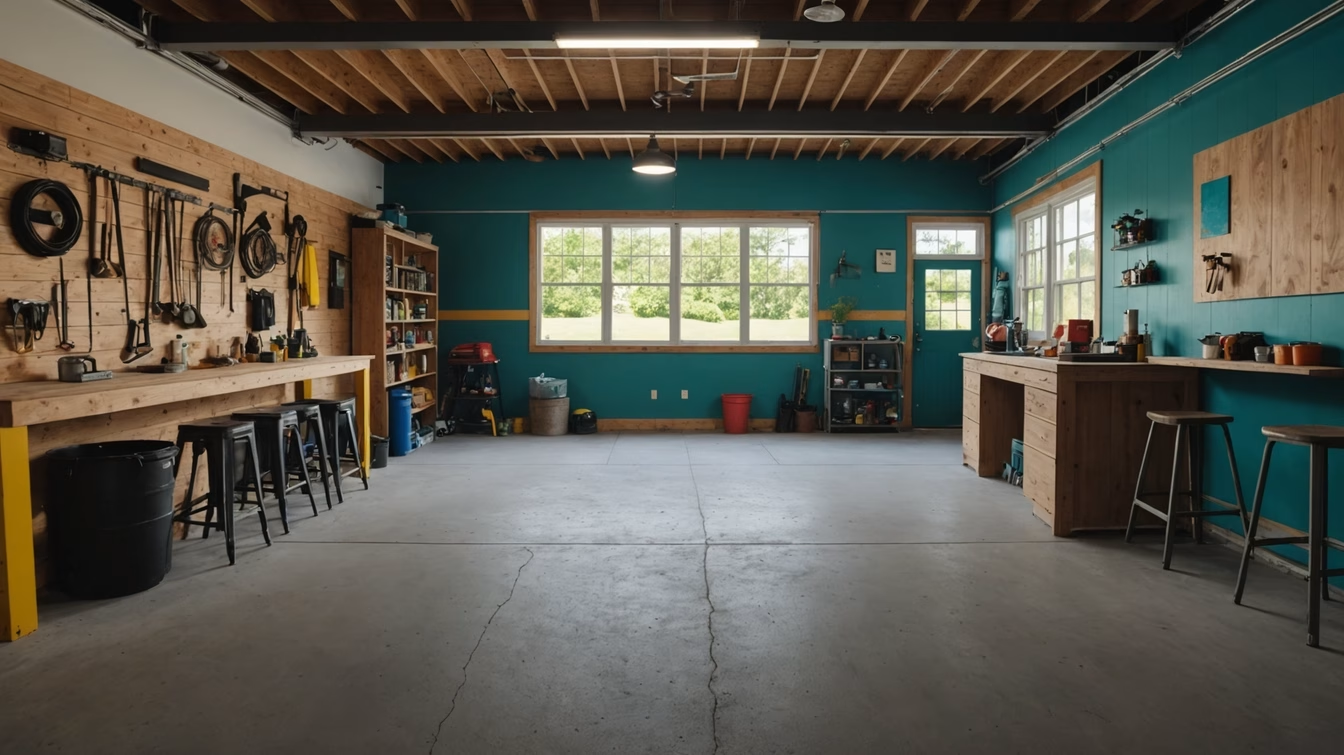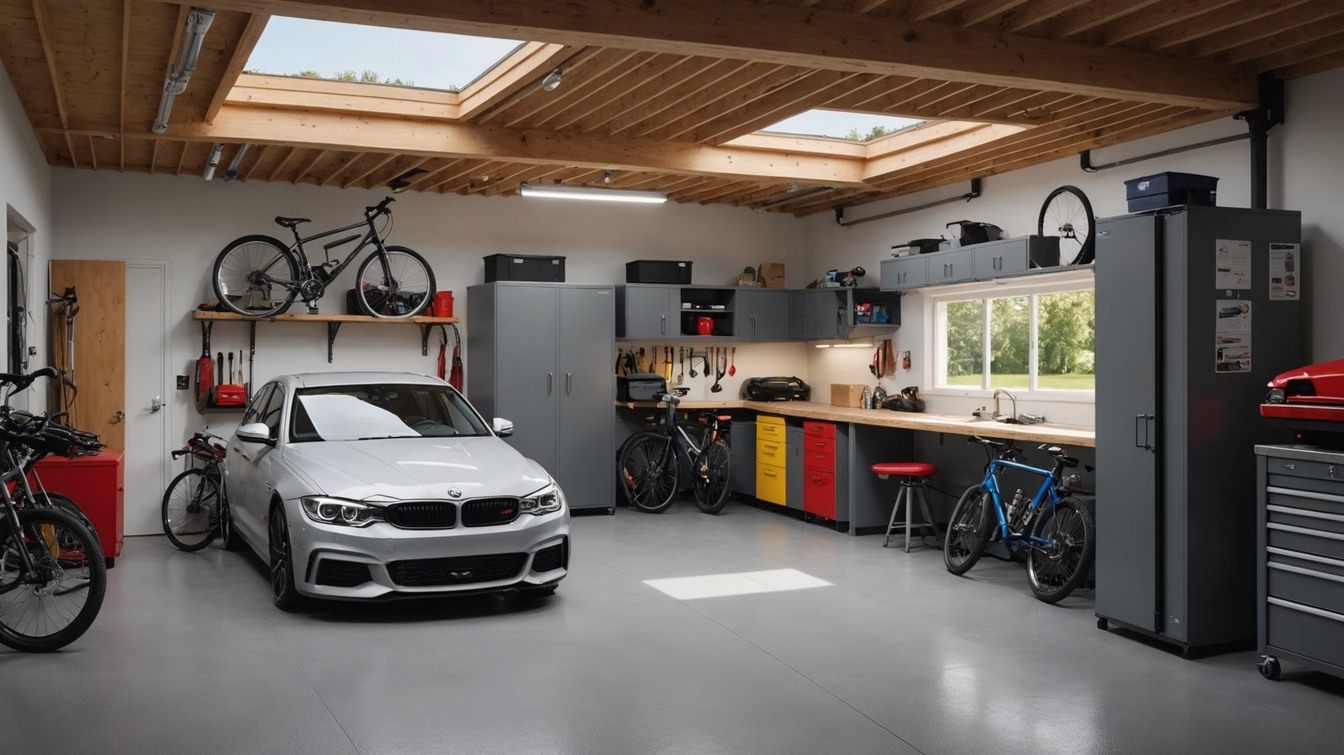A garage is often more than just a place to park your vehicle; it serves as a storage area for tools, equipment, and seasonal items. However, water intrusion can turn this valuable space into a damp and unusable environment. When water seeps into your garage, it can lead to serious issues, including mold growth, damage to vehicles and belongings, and structural deterioration. This blog post aims to provide homeowners with comprehensive solutions to prevent water from entering their garages, ensuring a dry and safe space throughout the year.
Understanding the Causes of Water Intrusion
Poor Drainage: One of the most common causes of water intrusion is improper grading and drainage systems. If the ground around your garage is not sloped away from the foundation, rainwater can pool and seep into the garage.
Groundwater: In areas with high water tables, groundwater can rise and infiltrate your garage, especially during heavy rains.
Weather Conditions: Heavy rainfall, melting snow, and storms can overwhelm drainage systems, leading to flooding.
Garage Door Issues: Gaps under the garage door, worn-out seals, or misalignment can allow rainwater to enter.
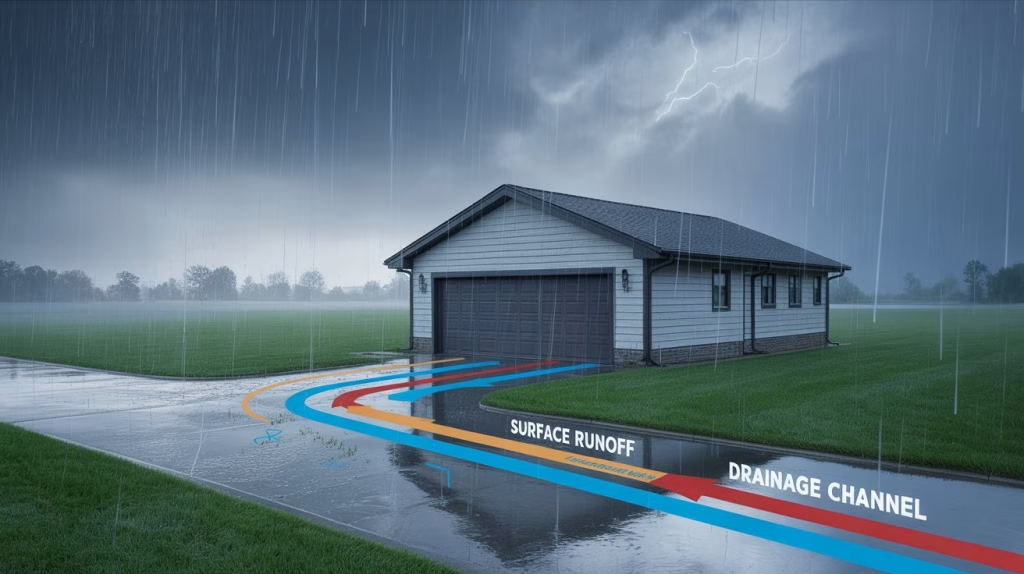
Preventative Measures
Proper Grading and Landscaping
To prevent water intrusion, it’s essential to ensure that the ground around your garage is graded properly. The ground should slope away from the foundation, directing water away from the garage. If you notice pooling water, consider installing a French drain, which can effectively redirect water flow and prevent it from reaching your garage.
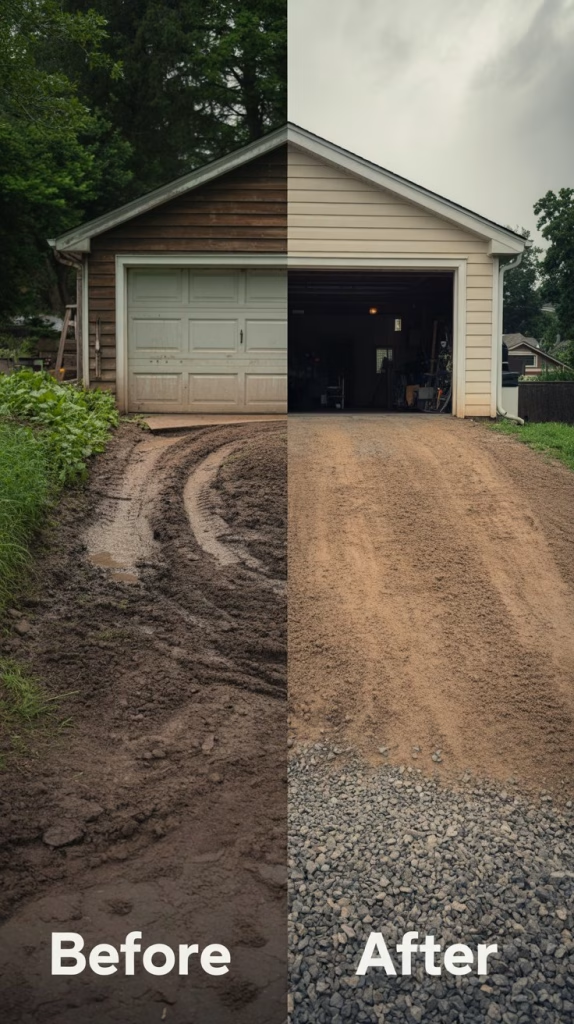
Effective Drainage Solutions
Installing gutters and downspouts is critical for managing rainwater. Ensure that downspouts direct water at least five to ten feet away from the foundation. Additionally, a sump pump can be an effective solution in areas prone to flooding. Sump pumps collect excess water and pump it away from the garage, helping to keep the space dry.
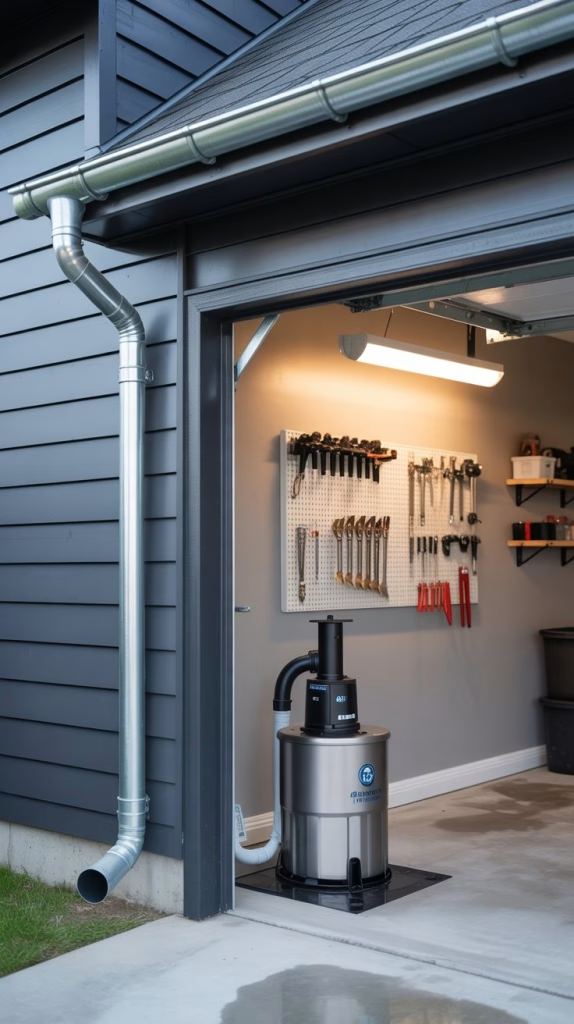
Waterproofing Techniques
Waterproofing your garage walls and floors is a proactive measure to prevent water intrusion. Consider applying sealants and coatings specifically designed for concrete surfaces. Installing moisture barriers on the walls can also be beneficial in keeping water out.
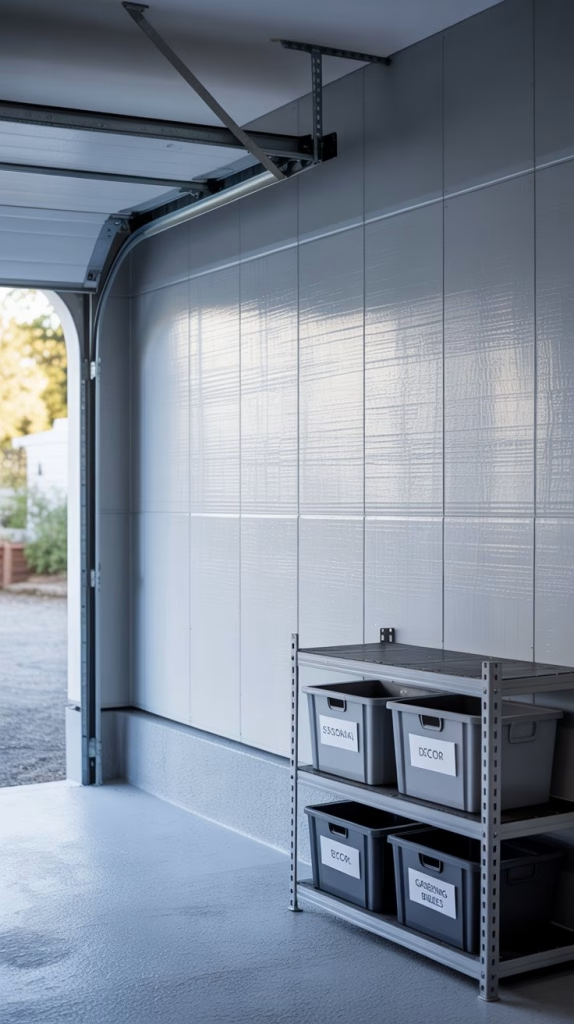
Garage Door Maintenance
Regular maintenance of your garage door plays a significant role in preventing water intrusion. Inspect the weather stripping and seals regularly for wear and tear. If they are damaged, replace them immediately. Installing a threshold seal at the bottom of the garage door can also provide an extra layer of protection against water entry.
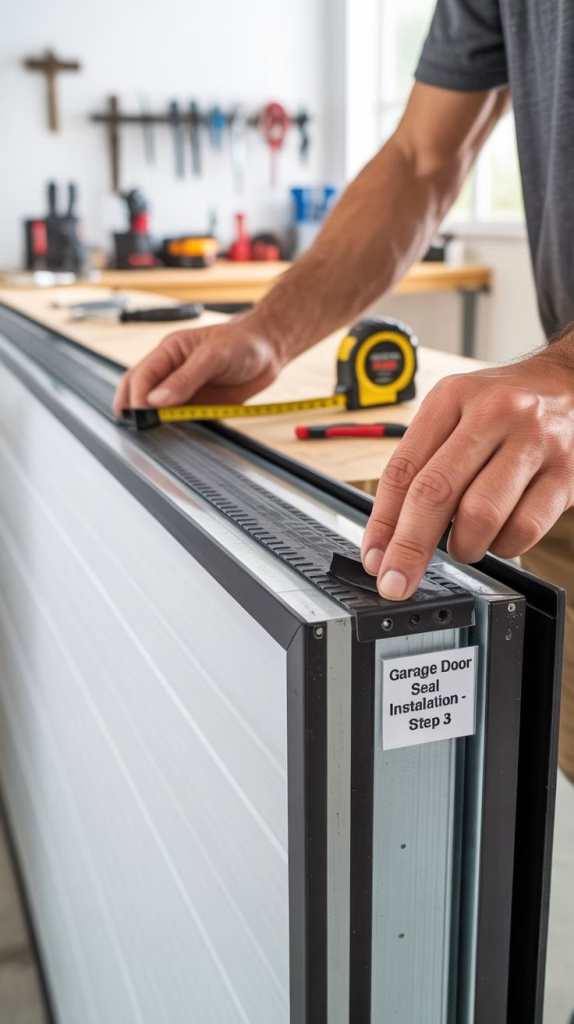
Interior Solutions
In addition to external measures, consider implementing solutions inside your garage. Using a dehumidifier can help control humidity levels, preventing mold growth and musty odors. Elevating items off the ground using shelves or pallets can protect them from potential water damage. If your garage is prone to flooding, installing a floor drain can help manage water accumulation effectively.
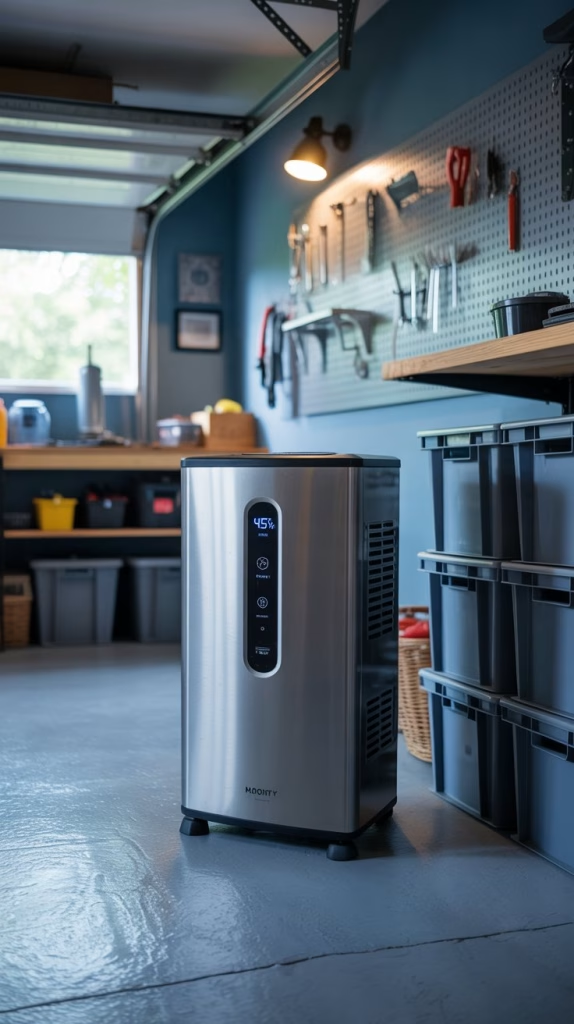
Emergency Preparedness
Having a plan in place for heavy rain can mitigate potential damage. If a storm is forecasted, move valuable items to higher ground and ensure that drainage systems are clear. Investing in a wet/dry vacuum or a portable pump can be beneficial for quickly removing water in case of an emergency. Additionally, check your insurance policy to ensure coverage for water damage, which can save you from unexpected expenses.
Conclusion
Addressing water intrusion in your garage is essential for maintaining a safe and functional space. By understanding the causes of water entry and implementing the solutions outlined in this blog post, homeowners can protect their garages from damage and ensure a dry environment. Don’t wait for the next storm to take action; start preparing today. If you have any questions or experiences to share regarding garage water issues, feel free to leave a comment below!





